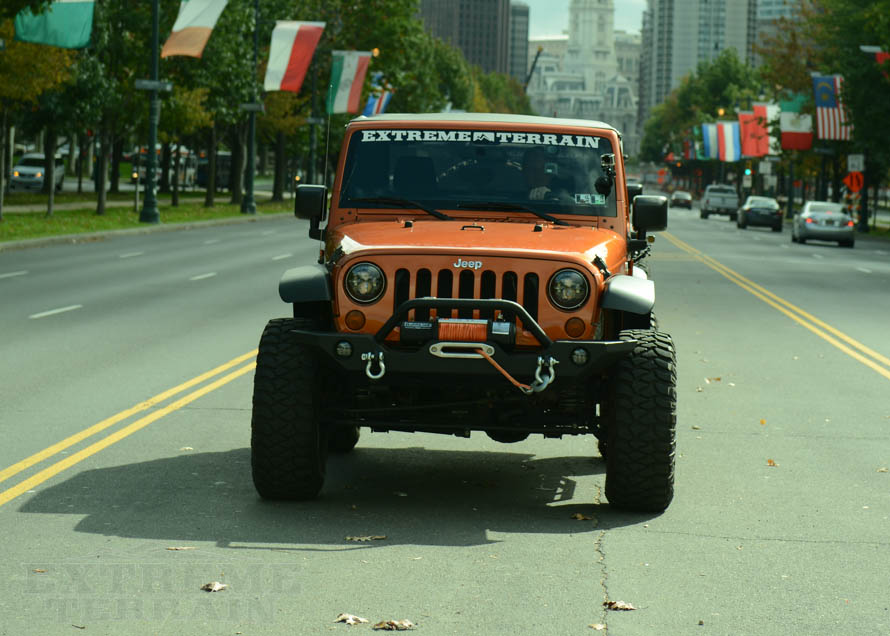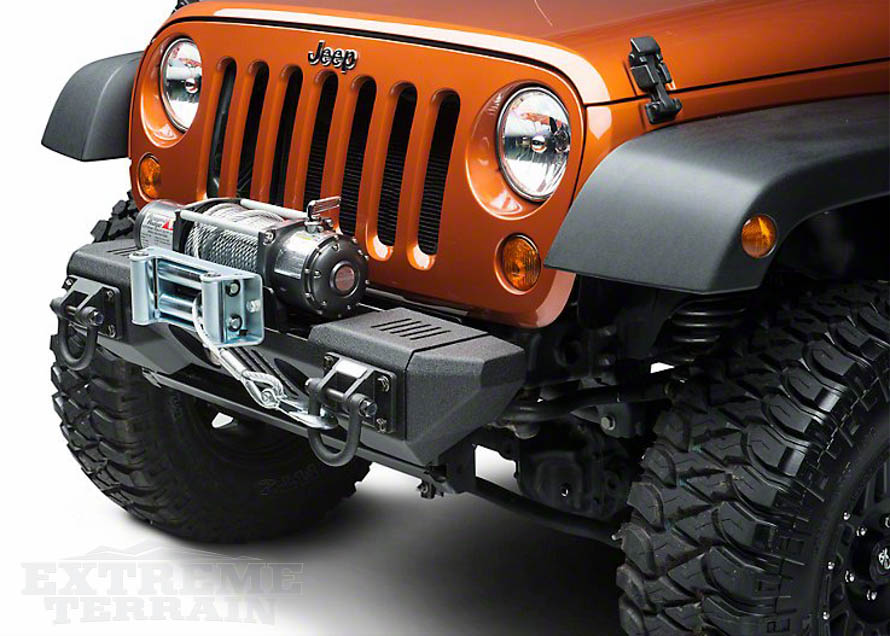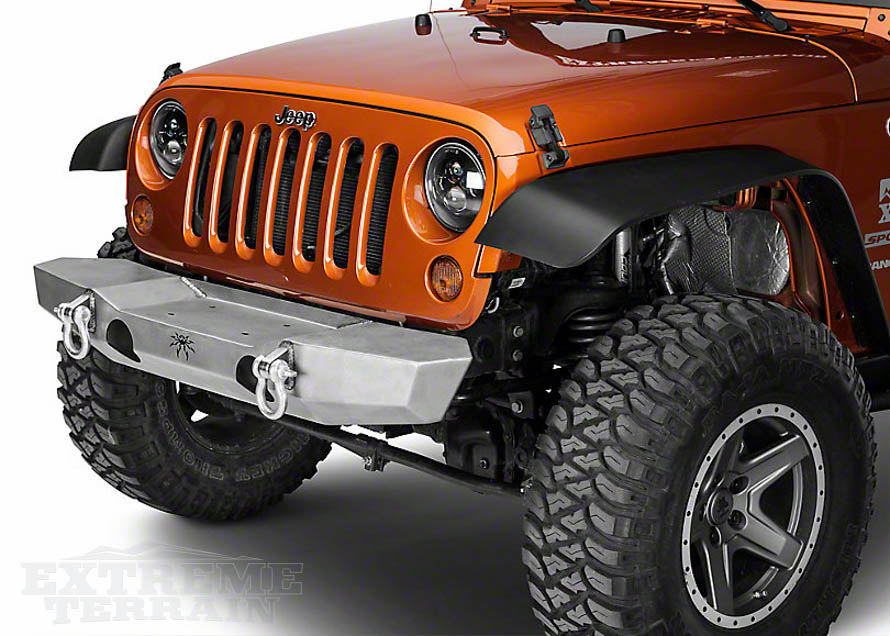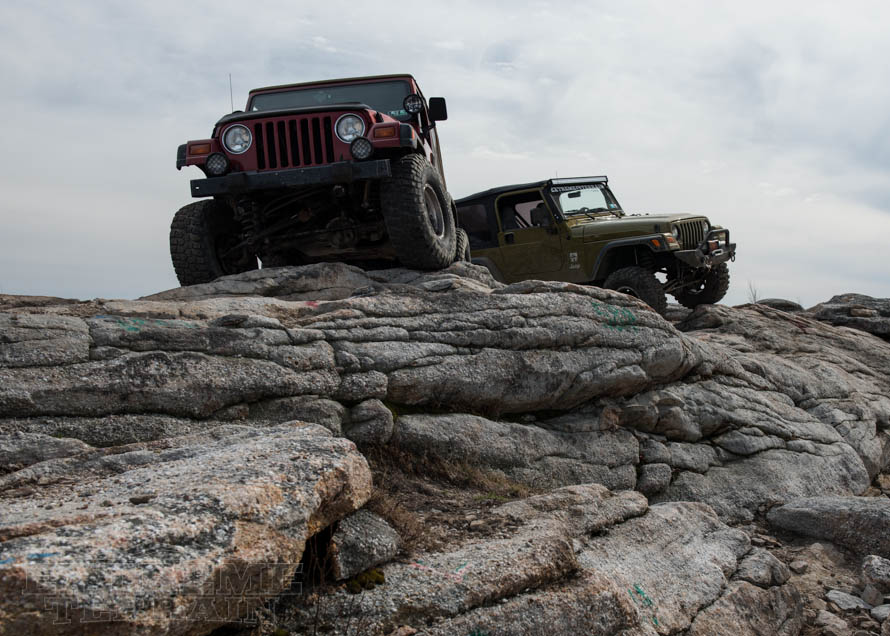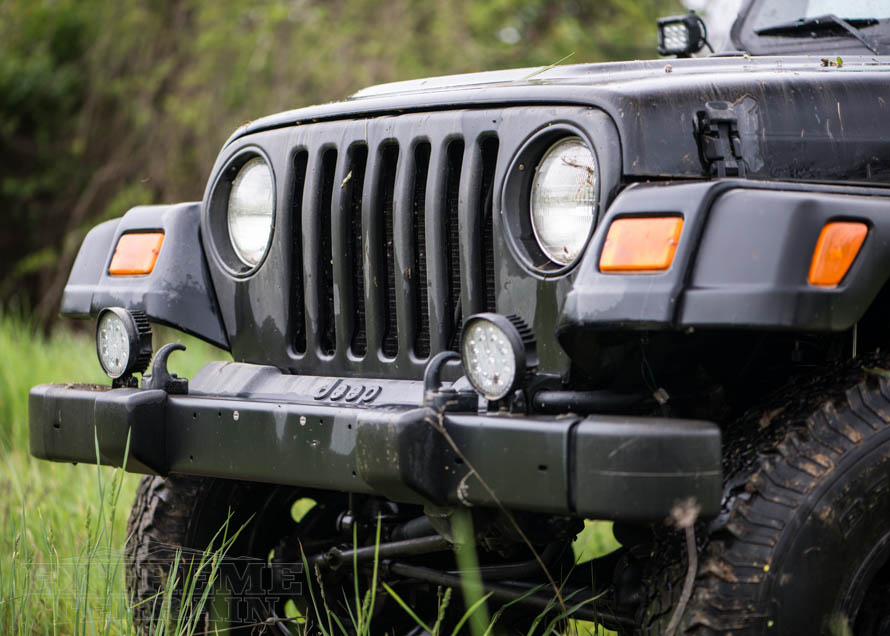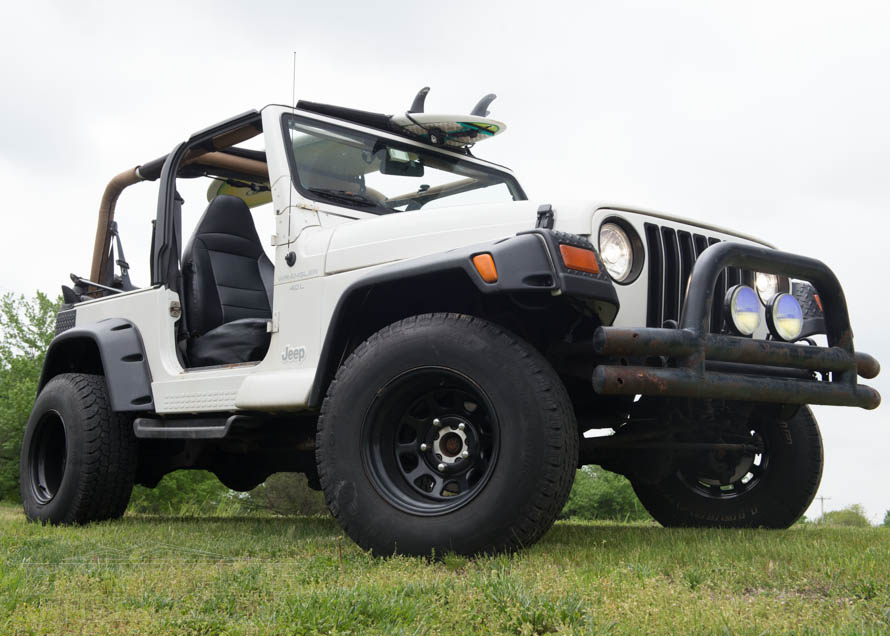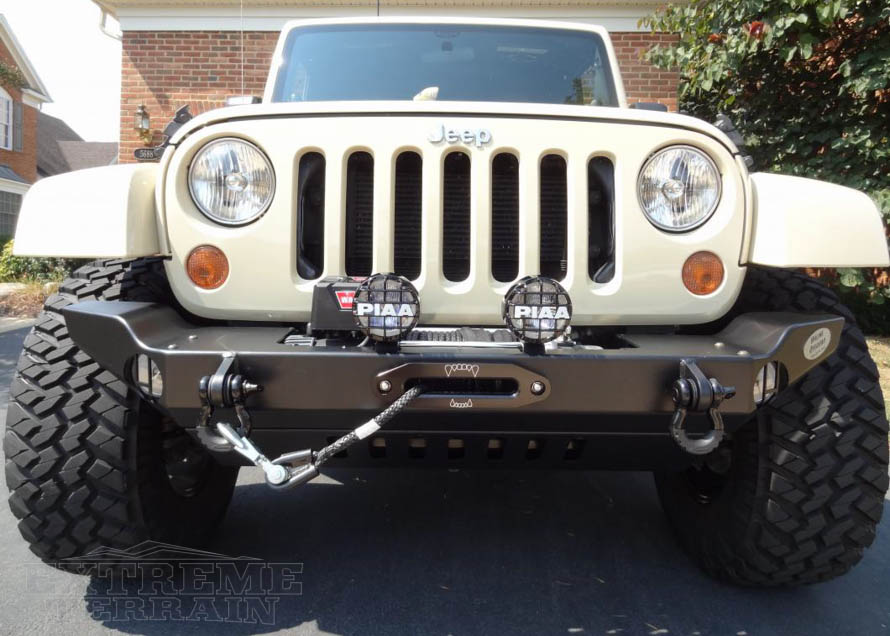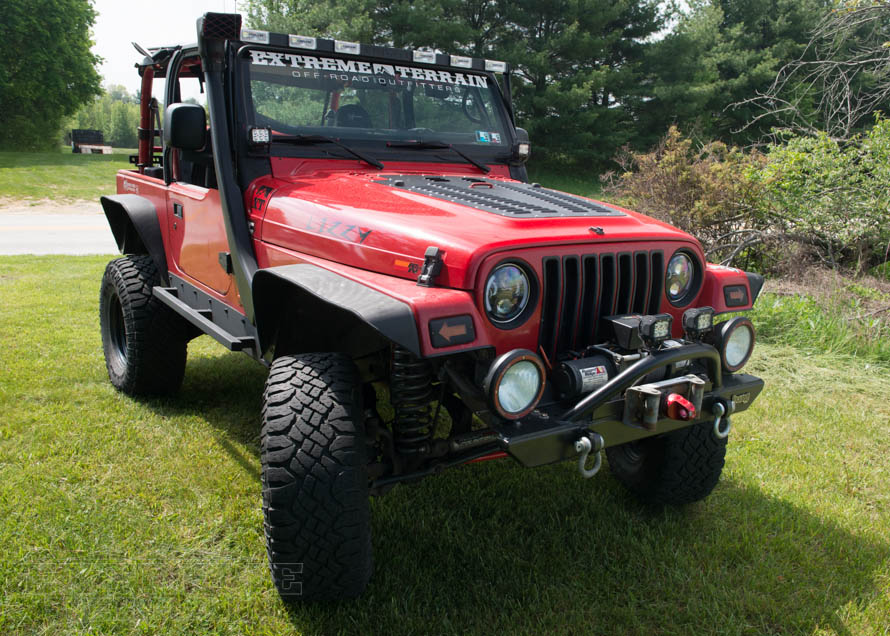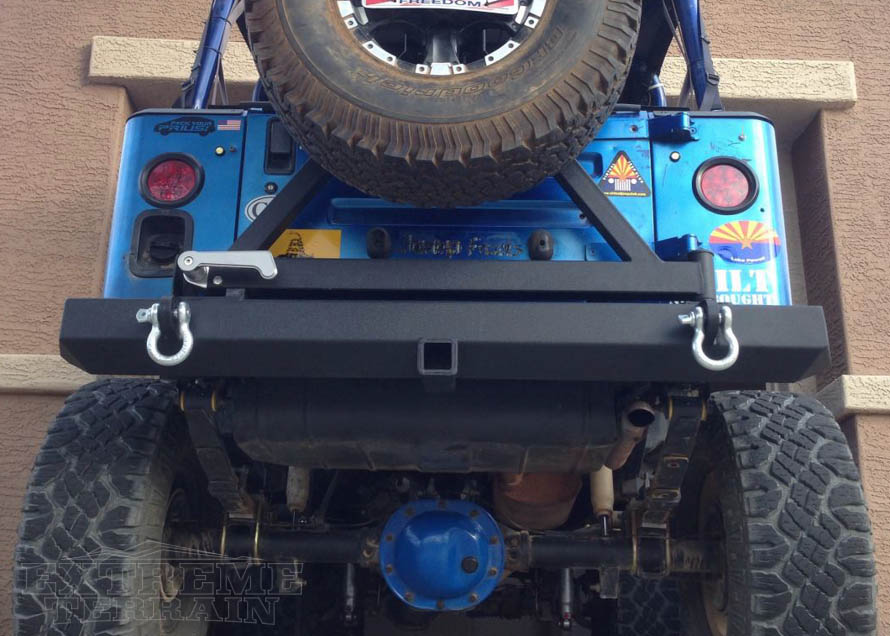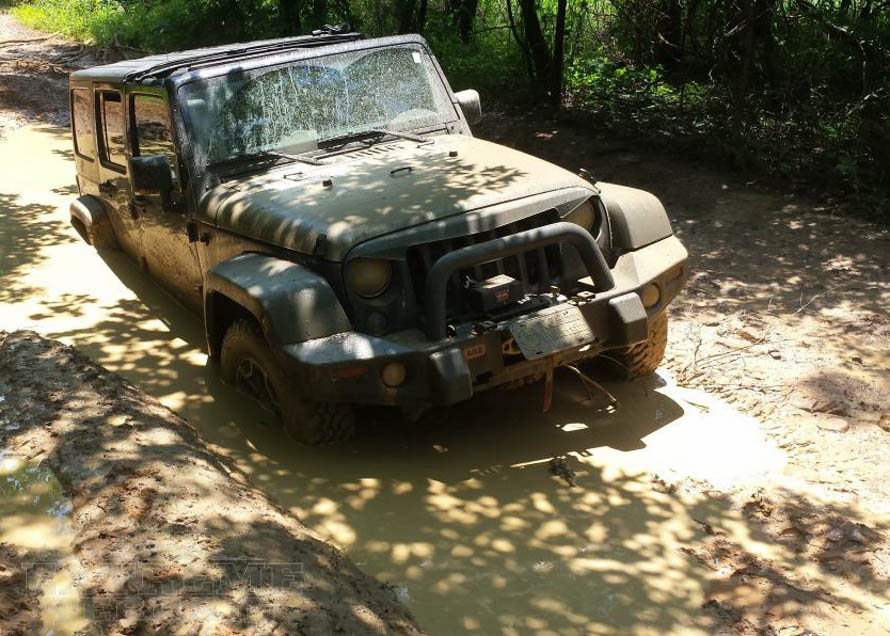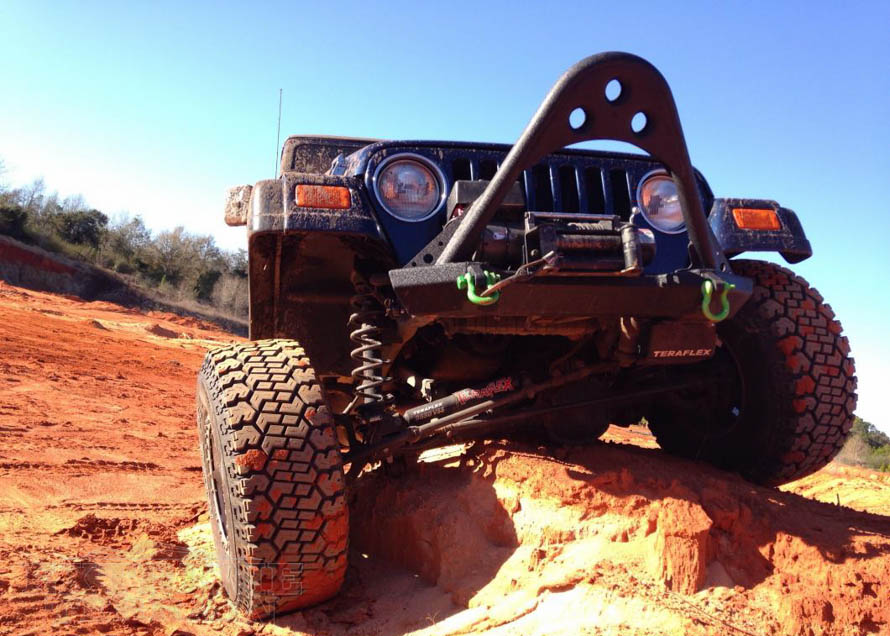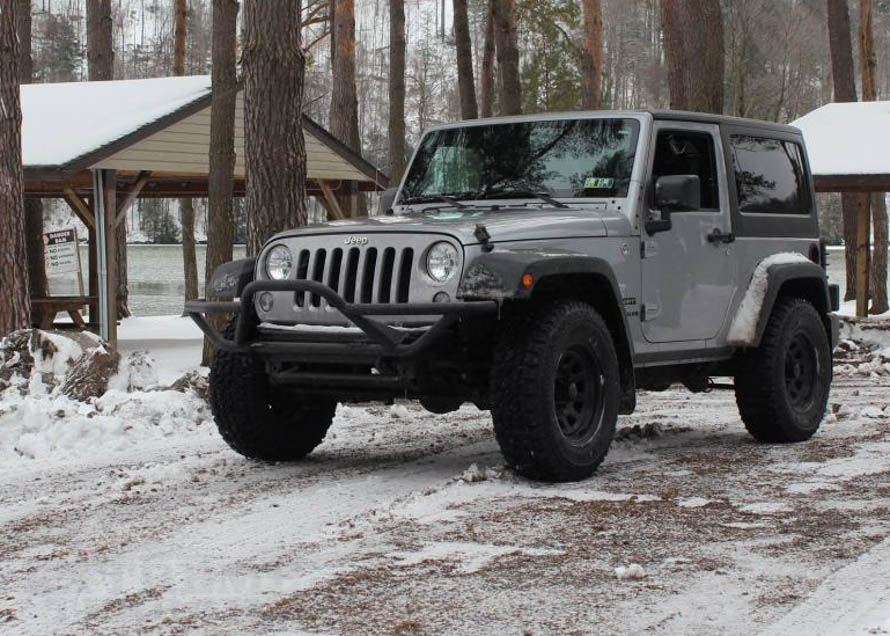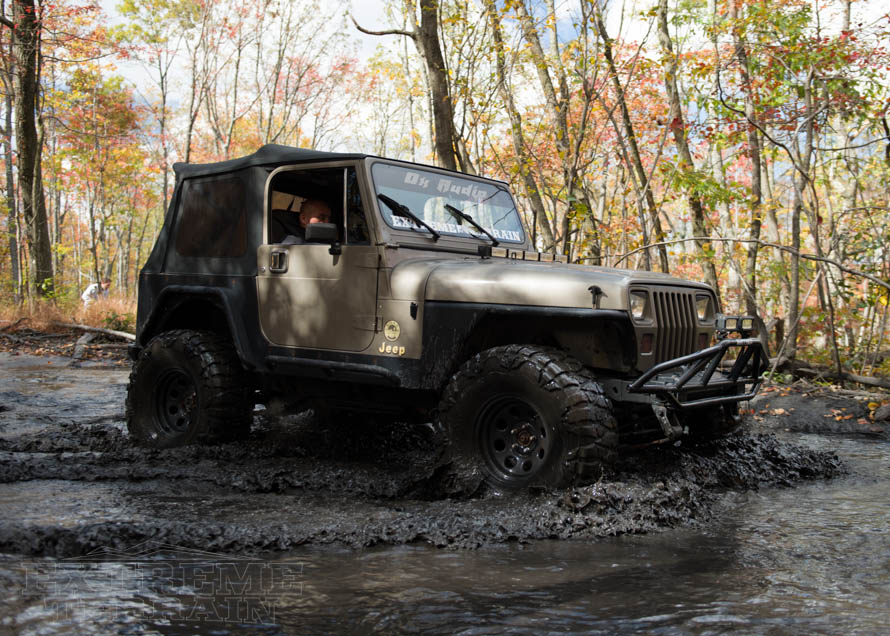Like most things in the world of Jeeps, when it comes to Wrangler bumpers, there are a huge variety of options. It’s very easy to be overwhelmed and not know where to begin the search. In this article we’ll break down the varying bumper options, explain their positive/negative points and hopefully help clarify the decision when you’re ready to upgrade your bumper.
Contents
- Regarding Stock Wrangler Bumpers
- Why Should You Change Your Wrangler’s Bumpers?
- What is DOM Tubing & CNC Machining?
- Light Weight vs Heavy Weight Wrangler Bumpers: What are the Pros and Cons?
- What are the Different “Off-road Angles” Associated with Off-Roading?
- Wrangler Front Bumper Overview
- Wrangler Rear Bumper Overview
- VIDEO: The 3 Best Rear JK Wrangler Bumpers
- Full Width Wrangler Bumpers
- Wrangler Tubular Bumpers
- Mid Width Wrangler Bumpers
- Stubby Wrangler Bumpers
- What are the Advantages of Having a Rock Crawler Bumper?
- How Brutish are the Bull Bar Add-Ons?
- What is a Stinger & What Does it Do?
- What About Grille Guards?
- Where to Go from Here?
Shop Wrangler Bumpers
An aftermarket bumper offers utility beyond its stock cousin. If you're looking to turn your rig into an off-roading beast, you'll want to consider the many bumper options out there.


